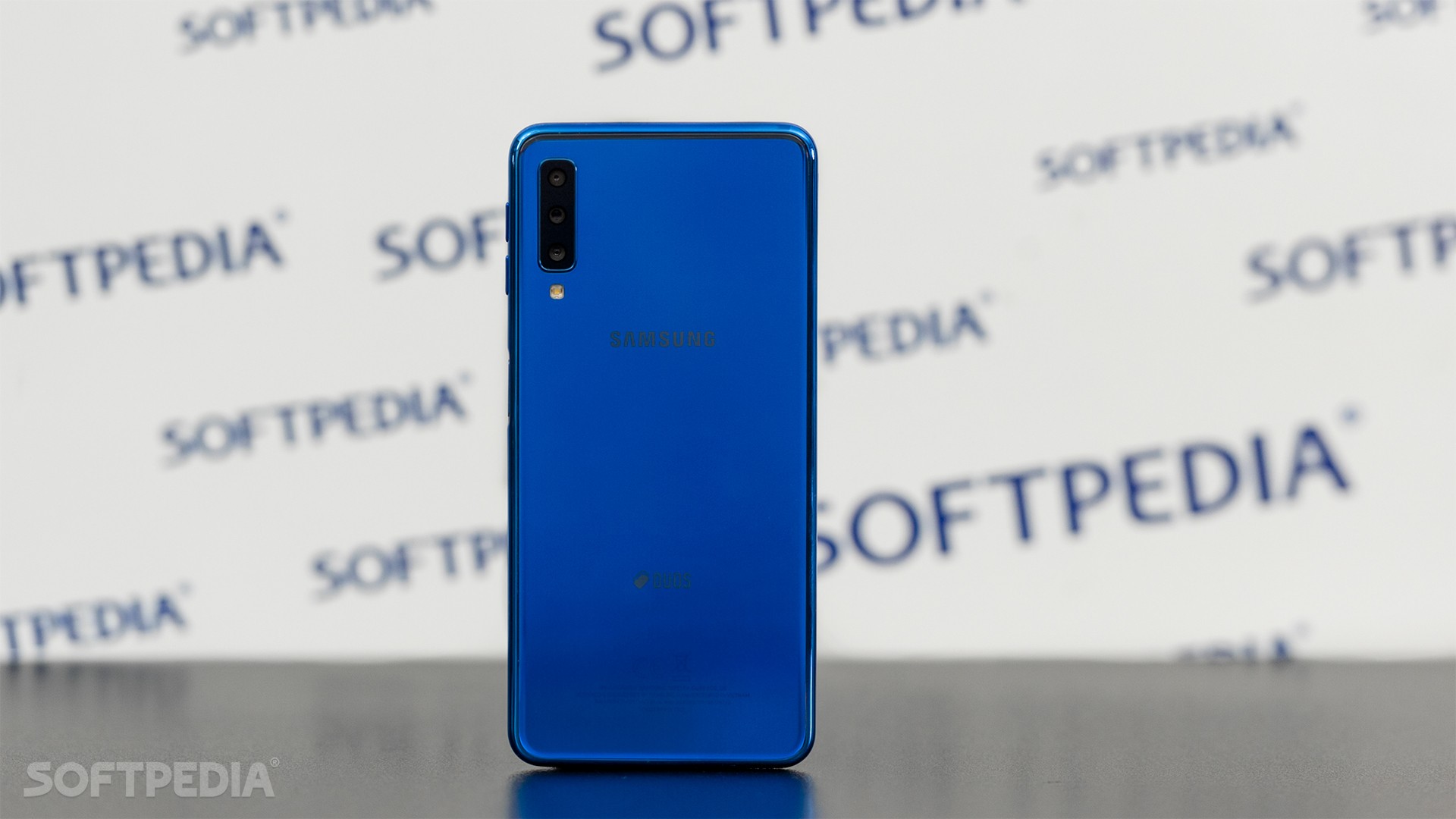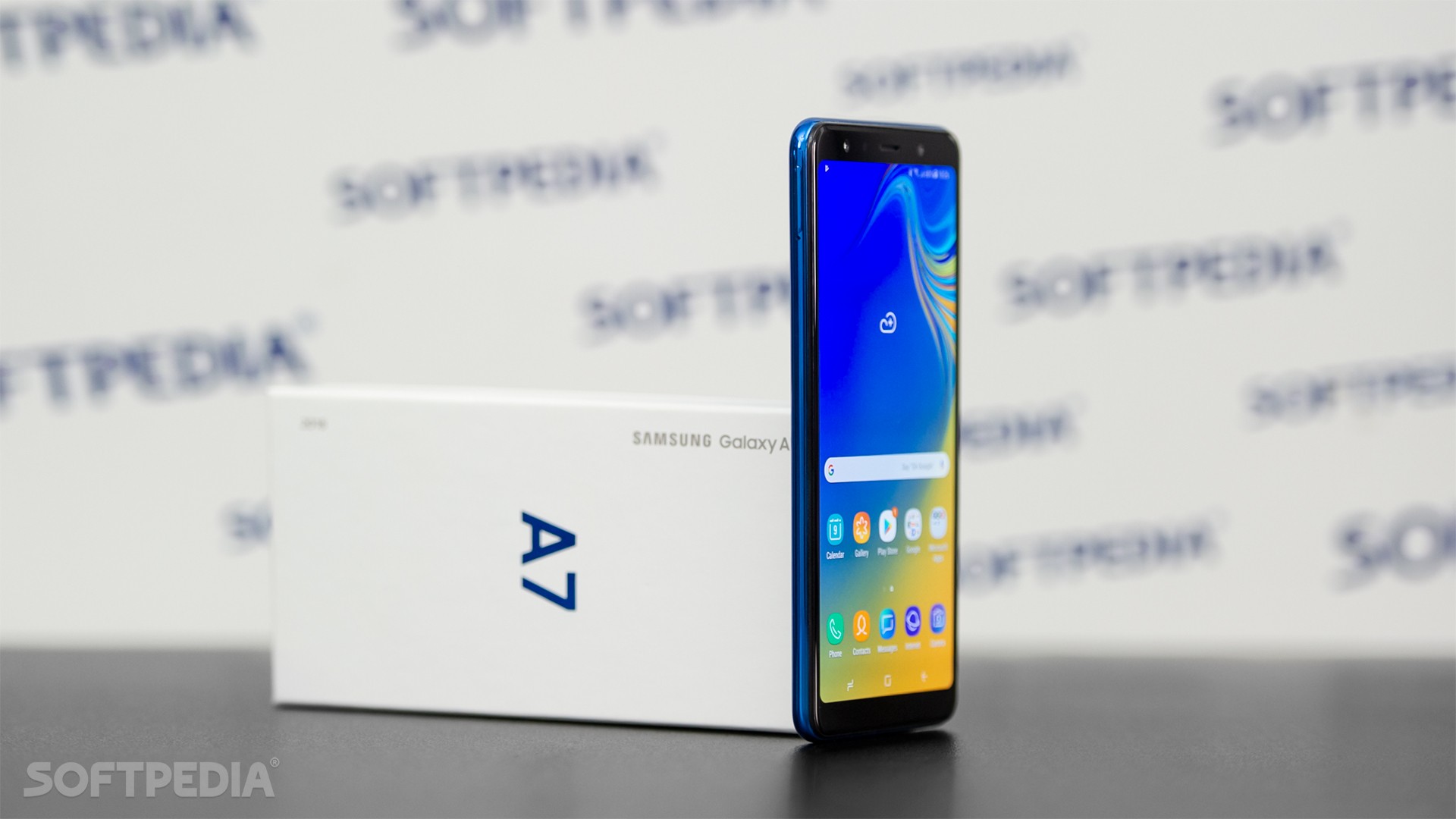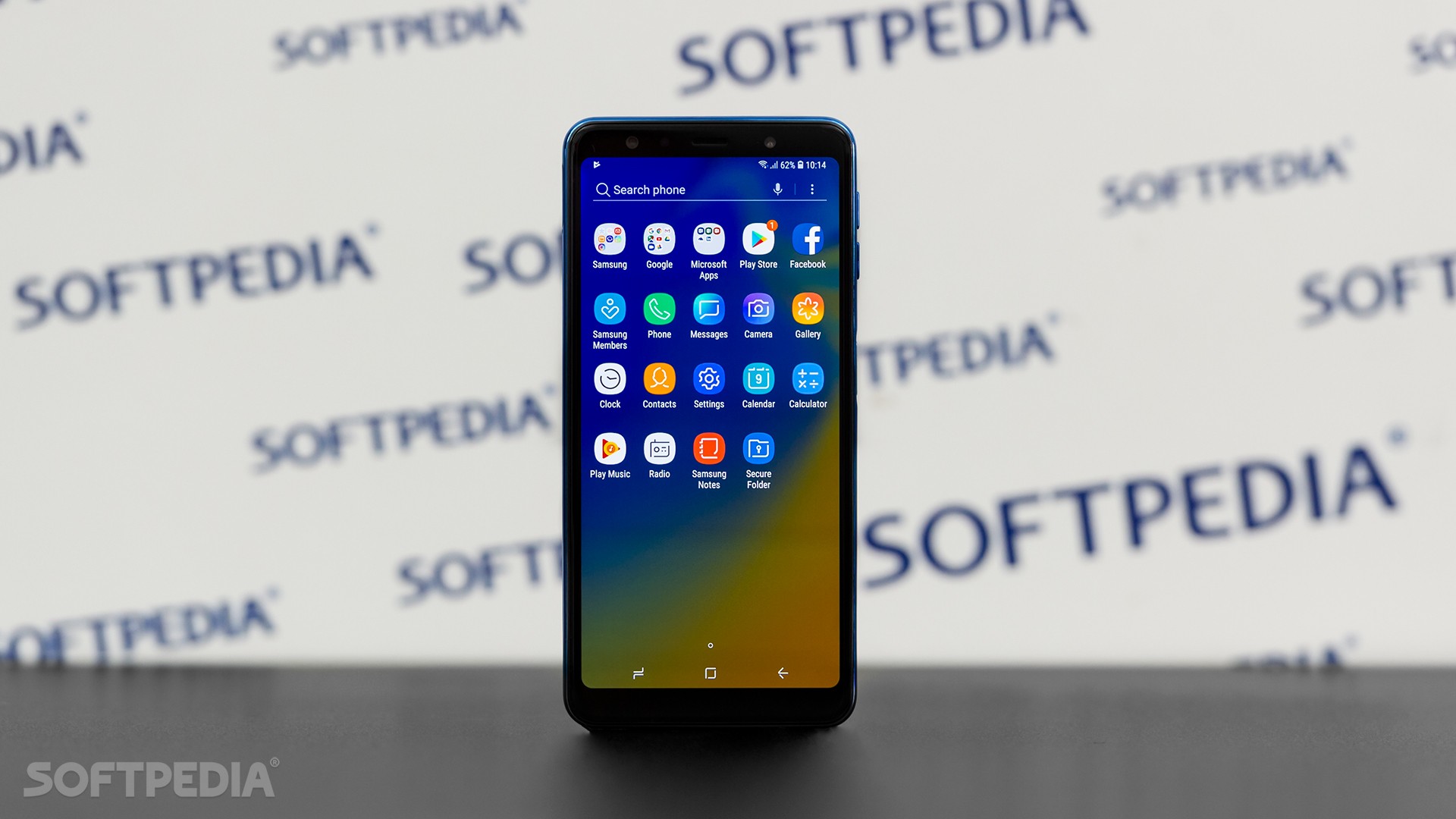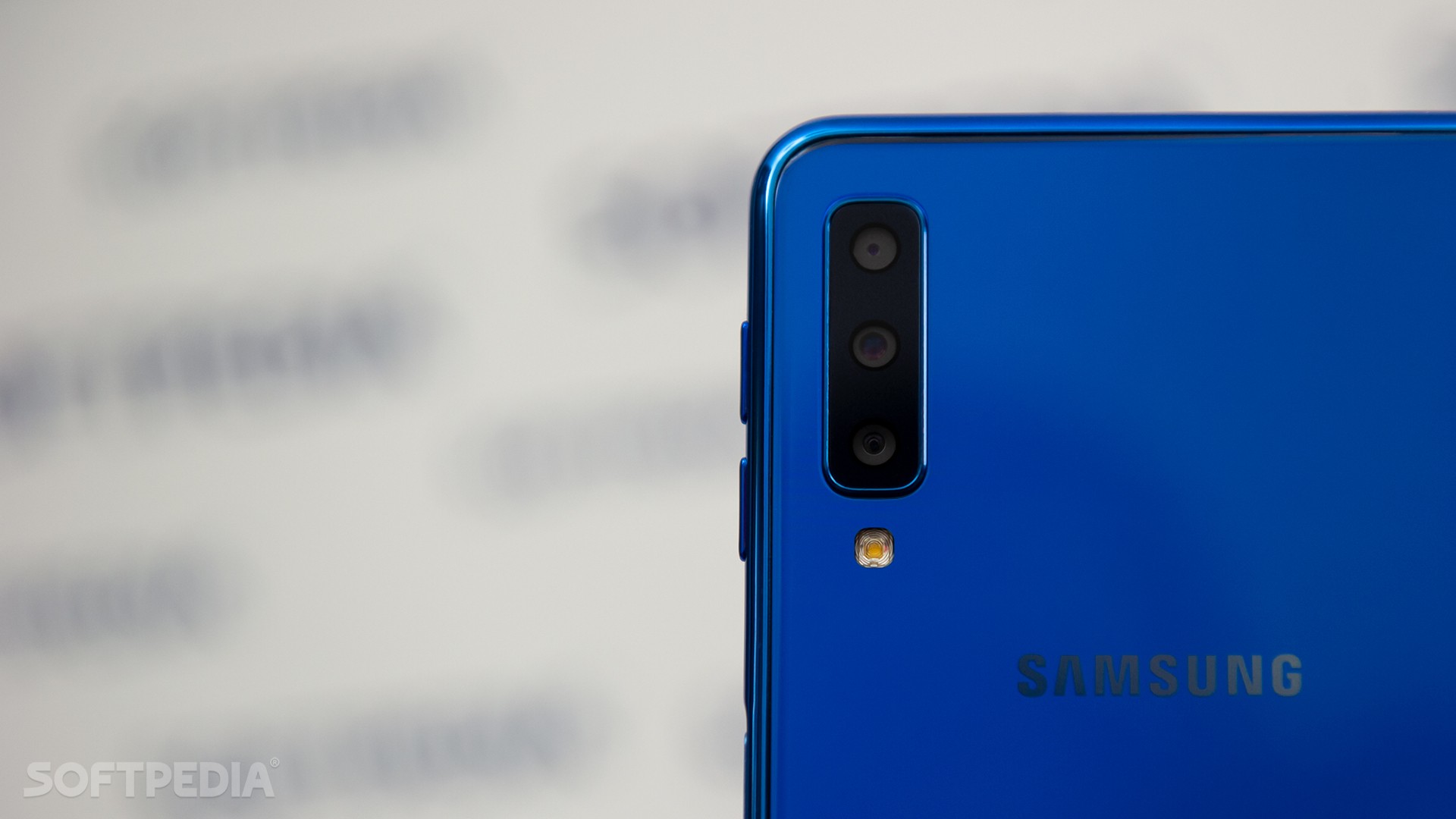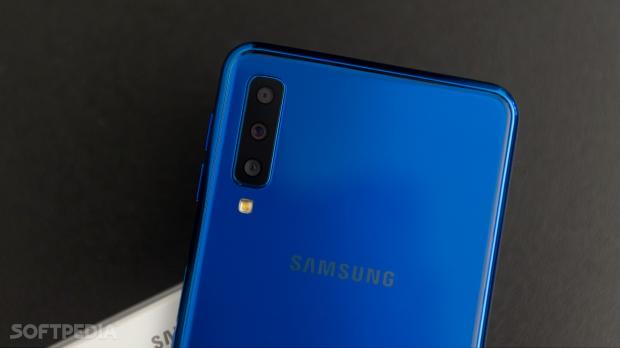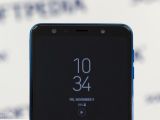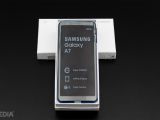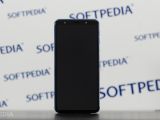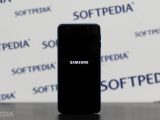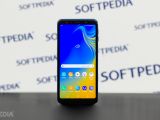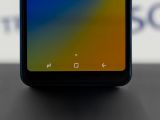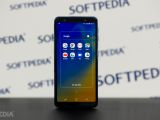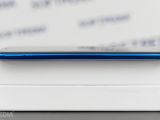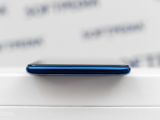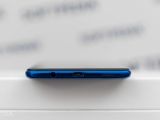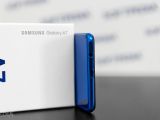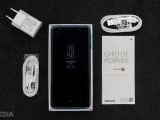Samsung was, is, and will continue to be the world’s number one phone maker at least until 2020 when Huawei hopes it would finally overtake it in terms of shipments worldwide.
And as the leading smartphone manufacturer in the world, Samsung can’t rely just on high-end models to bring home the bacon.
In fact, while flagships are the products that gain most of the attention, an important share of the revenues generated for each smartphone division is accounted by mid-range and low-end phones, which usually sell in much bigger volumes than their premium siblings.
Samsung itself has several mid-range devices that it refreshes every year in an attempt to align them with the latest as far as hardware and software is concerned.
The Galaxy A7 lineup is one of these phones, and for 2018, it gets a very compelling package that could actually make some people believe buying this model instead of the Galaxy S9 is the right way to go (true story, I actually heard someone saying the A7 2018 is a much smarter purchase than the S9).
Without a doubt, this is an intriguing statement and clearly subjective, so when receiving my Galaxy A7 review unit, I was really excited to find out what this is all about.
And to be completely honest, the first encounter with this model is surprising, to say the least.
Samsung is one of those companies that bet big on phone design and premium quality, and despite being a mid-ranger, the A7 looks and feels like a more expensive model. And this is mostly thanks to how the phone is built and the materials that Samsung used front and back.
The A7 is made from glass, and this is certainly a choice that makes sense. Glass has become the main material that phone manufacturers go for these days in search for a more exquisite look, but to be completely honest, I hate it. I hate it that iPhones are made from glass, I hate it that Samsung uses the same material for more and more phones, and I hate it that others are following in their footsteps for new models.
And my reason is just as simple as it could be. Glass is super-prone to damage and at the same time, it makes phones extremely slippery. As a result getting a case is absolutely mandatory, which means that you eventually eliminate the exquisite design that phone makers were so hard trying to achieve.
This is exactly the case of the Galaxy A7. My blue review unit looks sexy, but with glass front and back, it’s pretty difficult to hold it in hand without dropping it to the ground. And the glass isn’t really getting along well with the concrete, so it’s easy to figure out where this is going.
“Sexy back.”
On the other hand, in terms of design, I’m impressed. This is a phone without curved edges, and although I’ve gotten used to Samsung’s Infinity displays, I still like the traditional approach more. The A7 feels extremely solid thanks to a really well-done plastic frame that gives a metal feeling, and to be honest, it might seem like it could resist a drop or two. But we’re not here to figure this out.
Before you ask, no, there is no notch on this phone. Samsung still manages to stay away from this controversial design choice invented by Essential and then turned mainstream by Apple. A headphone jack is still there because Samsung isn’t ready to give up on this either.
The phone uses a 6.0-inch Super AMOLED display built by Samsung, and this pretty much says all about it. Samsung Display is currently the world’s top screen manufacturer, and it makes sense for its models to come with the best regarding such tech. Gorilla Glass is used to protect the 18.5:9 ratio screen (1080x2220 pixels resolution).
Thanks to small bezels, the phone doesn’t feel at all gigantic when held in despite the 6.0-inch display. In fact, at 168 grams, it’s one of the lightest phones with such a large screen.
As far as hardware specifications go, the new A7 can’t come with anything else than an in-house built processor. And the chip of choice is the Exynos 7885 octa-core CPU that’s built on a 14nm architecture, which isn’t surprising by any means given it’s a mid-ranger.
The processor can be paired with a maximum of 6GB RAM on the top-of-the-range configuration, and you also get up to 128GB storage for this high-end model.
There’s something I really can’t understand about the A7. As a mid-ranger with premium ambitions, it lacks features that are cheap and which Samsung for some reason decided they aren’t necessary.
For example, the device comes with a microUSB port, and if it weren’t for my review box, I couldn’t actually charge the phone because I no longer have a micro USB cable at home. I’m only using Type-C and Lightning these days, and given the first is becoming the most-used standard for more companies, I didn’t expect a device launched by the world’s largest phone maker in 2018 to come with an outdated port like micro USB.
“Year 2000 called. It wants its microUSB port back.”
And this weird choice creates a series of other setbacks too. There is no fast charging either, again truly unexpected given it’s Samsung we’re talking about here and fast charging is available on quite a lot of models. You shouldn’t even dream about wireless charging because you’d definitely ask for too much.
Also, you won’t get stereo speakers, so if you were thinking about watching movies or playing games on the new A7, you better get some headphones.
So there you go, no Type-C, no fast charging, no stereo speakers. This makes playing games a thing to avoid, as this typically requires a large battery or at least a fast charging method to get some extra juice in no time. Not to mention the immersive experience that you should be provided with through the phone’s speakers.
So what should you use this phone for with, you may wonder. The answer to this question depends on who you ask.
As far as Samsung is concerned, the new A7 is good for everything, especially for taking photos. And the South Koreans point to the tech specifications as the living proof.
The device comes with a total of three different cameras on the back, as it follows: a primary 24-megapixel sensor with f/1.7 and PDAF, a 5-megapixel depth sensor for portrait shots, and an 8-megapixel second with f/2.4 for wide angle with 120-degree field of view.
The performance of this mix sounds impressive on paper, but it’s less impressive in real life.
First and foremost, while the quality of the photos is generally good, there are times when white balance settings and colors are totally messed up and washed out for no clear reason. Plus, in pure Samsung fashion, there’s a somewhat over-saturation that takes place occasionally.
For selfies, the softening filter is just super-annoying. Colors are washed out here too, and there are times when you look like a doll, despite the front-facing camera actually supposed to improve the overall quality of the photo.
As it happens on other Samsung models, the A7 2018 comes with several modes that can optimize your photos, as it automatically detects and optimize the settings for different scenes. There’s also AR Emoji support, a feature that Samsung introduced on the Galaxy S9, but as I said several times, this is the kind of option that you only use once and then you forget it exists.
There’s something that needs to be mentioned in the case of the selfie shooter too. For some reason, the A7 2018 struggles to take selfies if you’re wearing glass with a blue filter as I do. As it turns out, there’s a blue spot on the photo right in the place where the light hits the glasses.
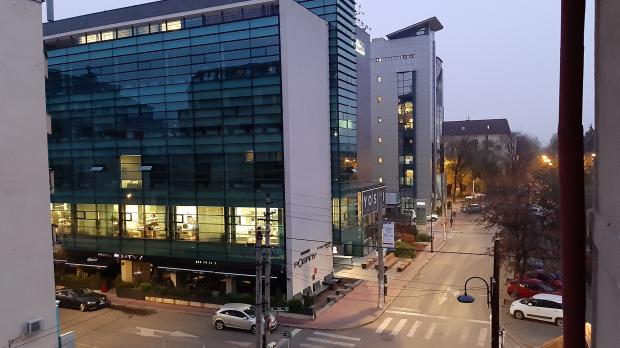


The phone comes with a feature that I find quite interesting and possibly hinting at further improvements coming to Samsung’s phones.
The fingerprint sensor is the subject of a months-long controversy, as Samsung is believed to be struggling to find a new location, possibly right under the display. Basically, instead of giving up on the fingerprint reader entirely, as Apple did, Samsung wants to move it elsewhere, and there’s a chance the upcoming Galaxy S10 could launch with the reader embedded into the glass.
An alternative to this approach would be putting the fingerprint sensor on the side of the phone as it’s the case of the Sony Xperia XZ and the… Galaxy A7 2018. With a fingerprint sensor on the frame of the phone, it’s easy to reach it with your thumb. Furthermore, it seems to work quite fast, and I haven’t seen any setback as compared to the traditional fingerprint sensor on the back.
While you can press the button to wake the phone, as it also doubles as a lock/power key, you don’t necessarily have to do this to scan your fingerprint. Simply touching it triggers the scan and unlocks your phone.
The 3,300 mAh battery is enough to get you through the day, but on the other hand, the lack of fast charging and a USB Type-C port makes the recharging process quite a headache. Fully recharging an empty battery takes nearly two hours.
Other features of the phone, and which I really like given my past experience with other Samsung devices, is the always-on display, as well as the microSD card slot, which lets you expand storage if you need it at any point.
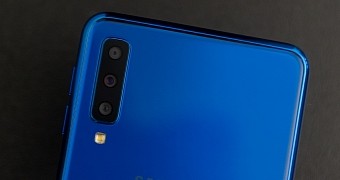
 14 DAY TRIAL //
14 DAY TRIAL // 